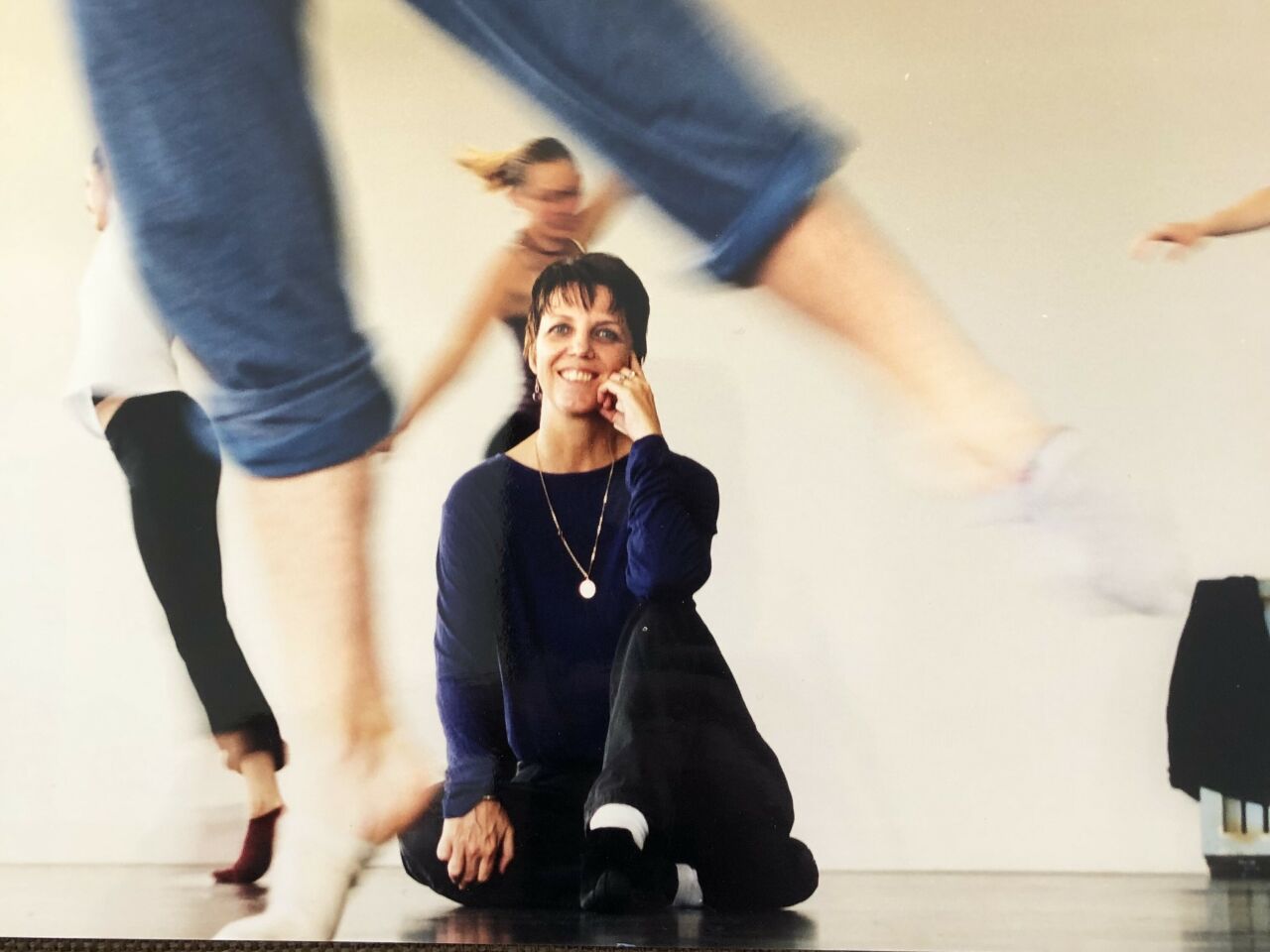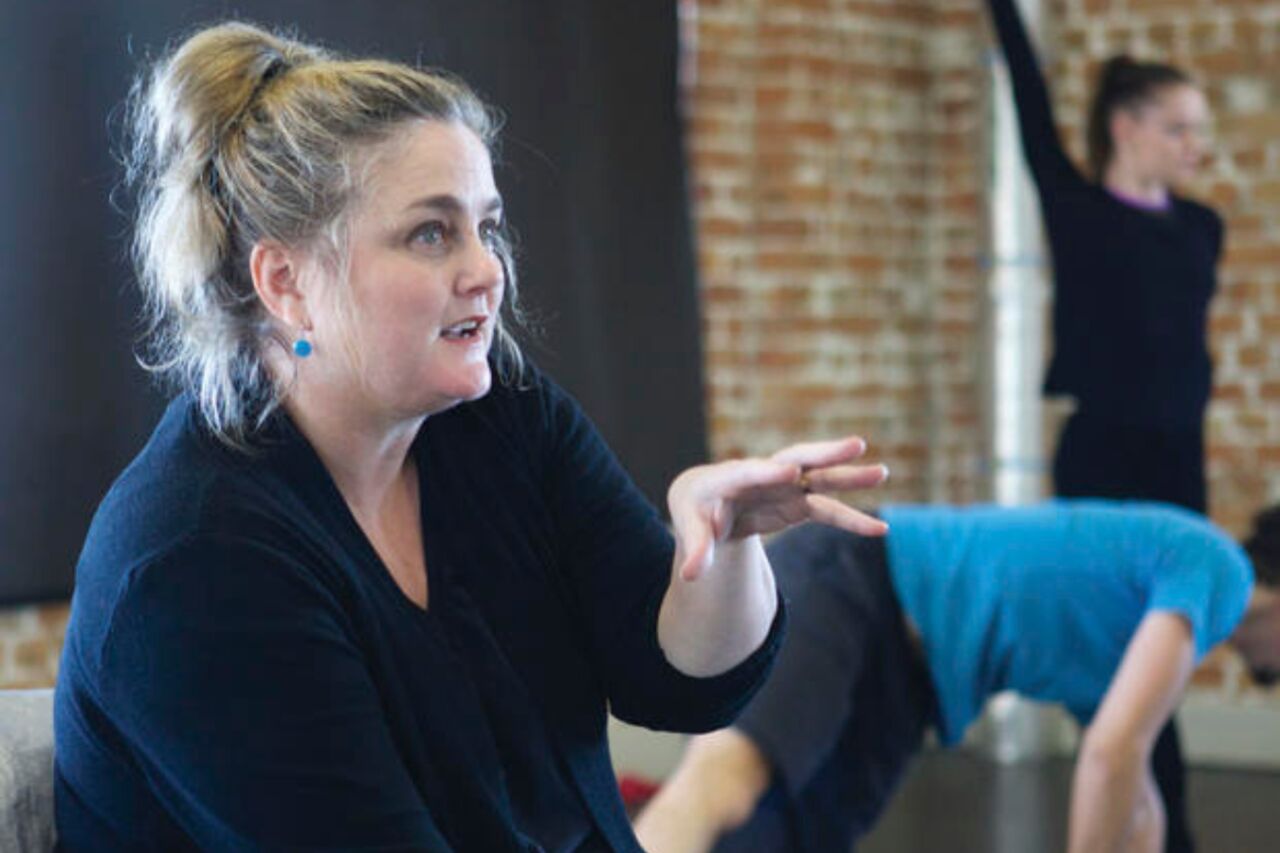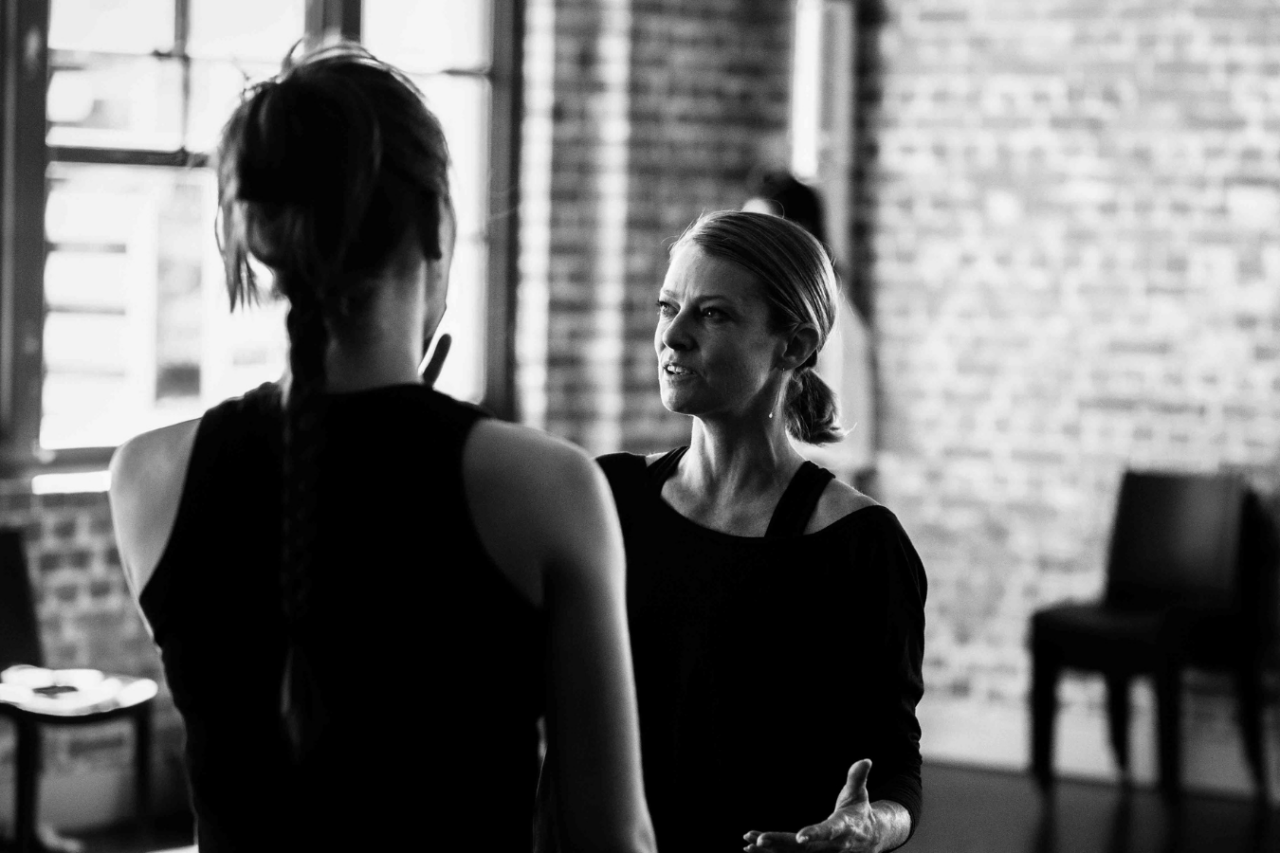Our Legacy

Australasian Dance Collective — a 40-year history
By Denise Richardson
May 2024
Australasian Dance Collective (ADC), formerly known as Expressions Dance Company until 2018, was born of a real need to foster professional contemporary dance in Queensland when there were few job opportunities for dancers in the state. The multi-award-winning company has since captured the imagination of critics and dance lovers alike during its forty years of operation, receiving significant national recognition, including a Sidney Myer Performing Arts Award, three Helpmann Awards, and three Australian Dance Awards. The company is also justifiably proud to be Australia’s only succession-structured performing arts company exclusively led by female artistic directors.
The incorporation of Expressions - the Queensland Dance Theatre Limited, occurred on November 12, 1984. Founded by Maggi Sietsma AM and her partner Abel Valls, the aim of the company was to promote and develop Australian choreographers and dancers. Six dancers, (three from what is now Queensland University of Technology), were offered positions. Natalie Weir, who would become a major creative influence in the company, was offered a position in the primary school’s tour group.
Expressions’ first official season, First Expressions, opened to glowing reviews. Running from May 7 to 14, 1985 at the Brookes Street Theatre in Fortitude Valley, the program comprised works by Sietsma, Weir, (in her first choreographic commission), and then Queensland Ballet Principal Artist, Rosetta Cook.
To begin with, dancers could only be paid when performing, and it was several years before either Sietsma or Valls would draw a wage. The company office was a small room under their house, with rehearsals held at the Brisbane College of the Arts. The move to city premises at 99 Elizabeth Street late in 1987 finally gave the company a permanent, albeit cramped home, but it wouldn’t be until 2001 that its move to the Judith Wright Arts Centre was secured.
Initially Sietsma commissioned works extensively from well-known Australian contemporary dance choreographers, and although such commissions continued, maintaining the company's commitment to diverse and innovative dance, Sietsma soon became the company’s primary creator, providing a constancy of vision that was shared by Valls. Valls not only steered the company safely through fiscally lean times as its General Manager but also contributed hugely to the company’s creative output as composer and lighting designer.
By 1989 Expressions had established a clear framework of performances within a main season, an experimental season for young choreographers, and tours to regional centres of Queensland. National and international tours were planned, state funding for the company increased 300%, and the company’s clear commitment to education was now a regular part of its annual program.
From 1990 Sietsma’s interest in using spoken text to dramatically enhance her work grew, and actor Jennifer Flowers was engaged as dramaturge and voice coach. The 1992 season of On the Edge featuring three works all using spoken text, broke box office records. Ultimately Sietsma would create 38 mostly full-length works for Expressions, notably Richard 3, The 5th Door, and her final 2008 work, On Thin Ice, a dystopian exploration of climate change, that many thought her best.
In retrospect Expressions can be credited with underpinning much of the early growth of contemporary dance in Queensland, nurturing the development of young dancers and choreographers, many of whom went on to have international careers, and instrumental in the development of dance as a subject for Queensland primary and secondary schools. Over 25 years, the company became Australia’s leading exponent of dance theatre, celebrated for its unique synthesis of contemporary dance with cutting edge dramatic theatricality, while a series of highly acclaimed international tours across Asia, the Americas, and Europe not only elevated the company's global profile but also fostered creative collaborations with diverse artists and cultural institutions worldwide.
However, any growth was always defined by company funding levels, and in a decision made in light of massive Arts Queensland cuts, including guidelines insisting on renewal of direction, Sietsma and Valls reluctantly announced their resignations on June 27, 2008. It was time for change.

Natalie Weir was announced as the new Artistic Director beginning January 2009 – a natural choice given her long association with Expressions. Believing continuity of dancers was vitally important for the creation of great work she committed to maintaining the ensemble-based structure of the company, (now to be known by its acronym EDC), and its focus on education. In fact, Weir’s push for a full-time ensemble would eventually achieve 44-45 weeks’ annual employment for the dancers.
Weir would be in the position for ten years, her tenure marked by critical acclaim, and audience and activities growth. Credit for much of that growth, including clear forward planning, both fiscal and operational, also belongs to Libby Lincoln, Executive Director/CEO from 2009 to 2016.
In a distinct departure from the company’s previous creative direction, Weir’s works explored the human condition where deep emotion was often expressed by the most finely nuanced movement. Her first signature work, the award-winning Where the Heart Is, saw a return to the Playhouse for the company, and the beginning of a ten-year partnership with QPAC. It also saw the incorporation of live music for this and every one of Weir’s five subsequent signature works.
Weir was intent on exploring collaborations: with other artists, musicians, and designers; with a range of music ensembles and performing arts companies including Opera Queensland; and an international collaboration articulated through EDC’s Chinese Australian Dance Exchange Project, (strengthening connections made previously by Sietsma and Expressions), with leading contemporary dance companies BeijingDance/LDTX (2009), Guangdong Modern Dance Company (2015), and Hong Kong’s City Contemporary Dance Company (2017). EDC also collaborated with Cathy Sharp Dance Ensemble, Switzerland, and Singapore Dance Theatre.
Alongside local performances, extensive national and international touring, and dance education workshops, income raising initiatives included the Brisbane Contemporary Dance Initiative, (BCDI). These weeklong bi-annual programs were, by 2018, attracting young dancers across Australia and internationally, while a long-standing goal to establish a youth ensemble was successfully advanced by a pilot program involving 30 young dancers, and officially launched in 2019. Meanwhile, a ground-breaking partnership with QUT Dance, Creative Industries continued to nurture the aspirations of young tertiary students, through training and company secondment opportunities.
Funding levels nevertheless continued to inhibit any significant growth, until a substantial increase for the 2017-2020 period left EDC in its strongest position for ten years. Feeling the time was right, Weir announced she would not extend her term beyond 2018. After an extensive recruitment process, Amy Hollingsworth was announced as her replacement.

Although a fine choreographer in her own right, current Artistic Director and CEO Hollingsworth’s approach has been predominantly curatorial. Her vision includes extending the company’s work in dance education and increasing collaboration opportunities with dancers and other artists to create an environment ripe with creativity. This environment, where artists and collaborators work collectively, was reflected in a name change for the company to Australasian Dance Collective (ADC).
The abrupt and devastating impact of COVID-19 saw ADC harness the strengths of its new vision, prioritising the reimagining of spaces and mediums, particularly exploring new works in the digital space. Throughout 2020 all opportunities to engage with audiences and dance students were embraced, and ADC emerged from this difficult year with innovative digital content, a rich, engaging program ready to roll out, and some exciting new partnerships in the pipeline.
Aftermath was ADC’s first main stage production since 2019, cementing the company’s change of creative direction under Hollingsworth in a sell-out, critically acclaimed season at the Brisbane Powerhouse. The 2021 work was co-created by Hollingsworth and Company Artist Jack Lister (now Associate Artistic Director), in collaboration with award-winning musician Danny Harley of The Kite String Tangle.
2022 delivered a blend of new and existing creations, the momentum building throughout 2023 with three ambitious, groundbreaking works – Lucie in the Sky, harnessing dance and cutting-edge drone technology, created by Hollingsworth, followed by Salamander and Halcyon. Also in 2023, ADC launched its First Collective Residencies supporting First Nations choreographers, in partnership with BlakDance.
Meanwhile the company’s commitment to fostering creativity and inclusivity across all age groups had already seen the launch of the ADC Youth Ensemble’s inaugural season in 2019. The Mature Ensemble project followed in 2021, and finally in 2024, the creation of ADC’s Pre-Professional Program, ready for an inaugural 2025 cohort.
By 2024 a resilient ADC was well positioned for further success, with its vision well realised, philanthropic support growing exponentially, and state and federal funding assured for the near future. As the company celebrates its 40th anniversary, the future looks very bright.

“Choreography that dares to be different, fresh, innovative, theatrical and brilliant.”
– The Australian
“World-class contemporary dance.”
— XS Entertainment
“Certainly one of Australia’s most exciting dance companies.”
– The Courier Mail
We acknowledge the First Nations people as the Traditional Owners of Meanjin (Brisbane).
Australasian Dance Collective acknowledges the Traditional Custodians of Country throughout Australia and their deep connections to land, sea and community. We pay our respects to their Elders past and present and extend that respect to all Aboriginal and Torres Strait Islander peoples today.
Click anywhere to continue


























